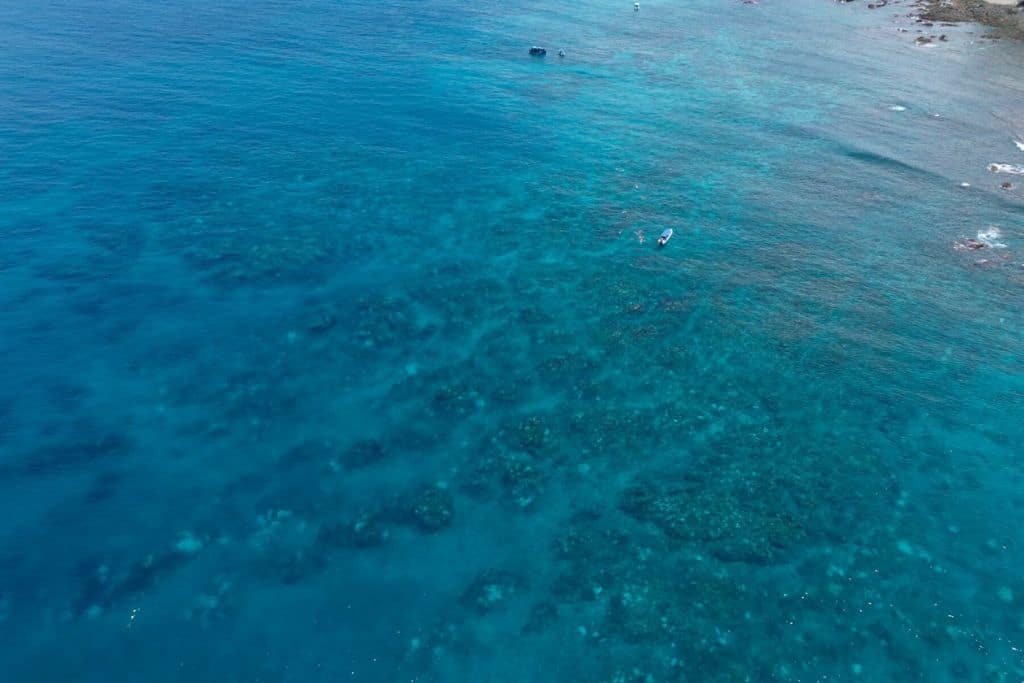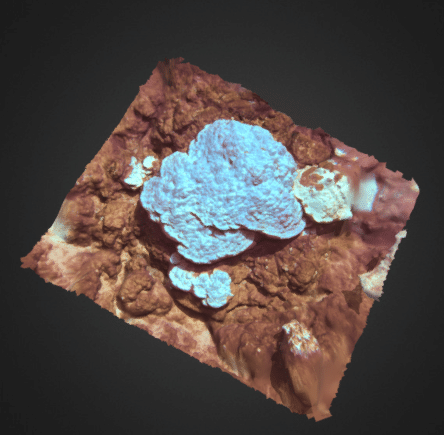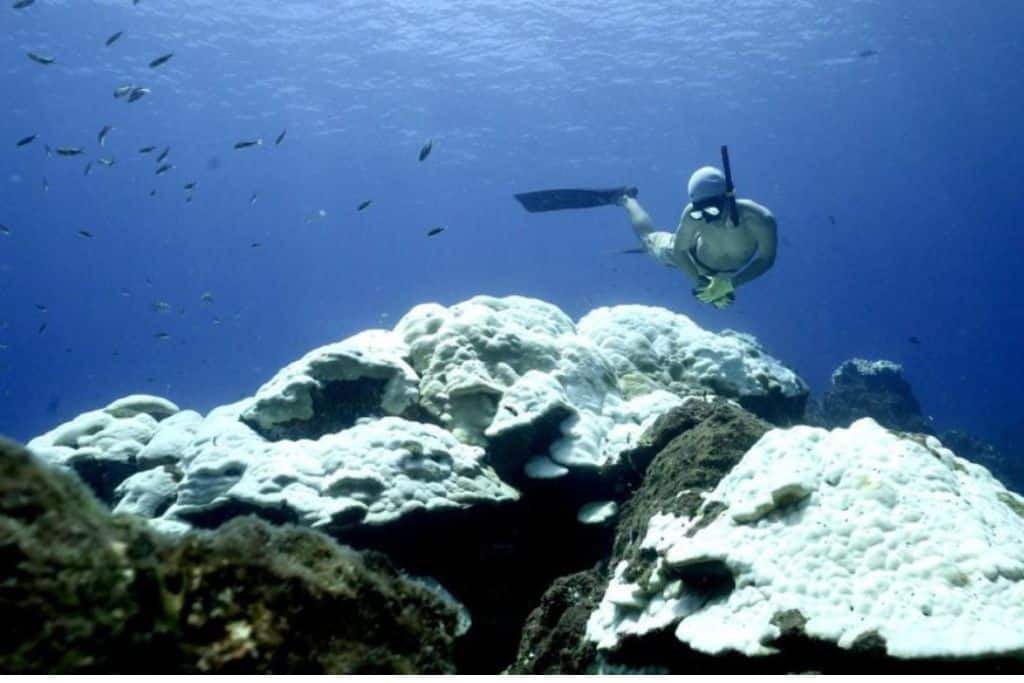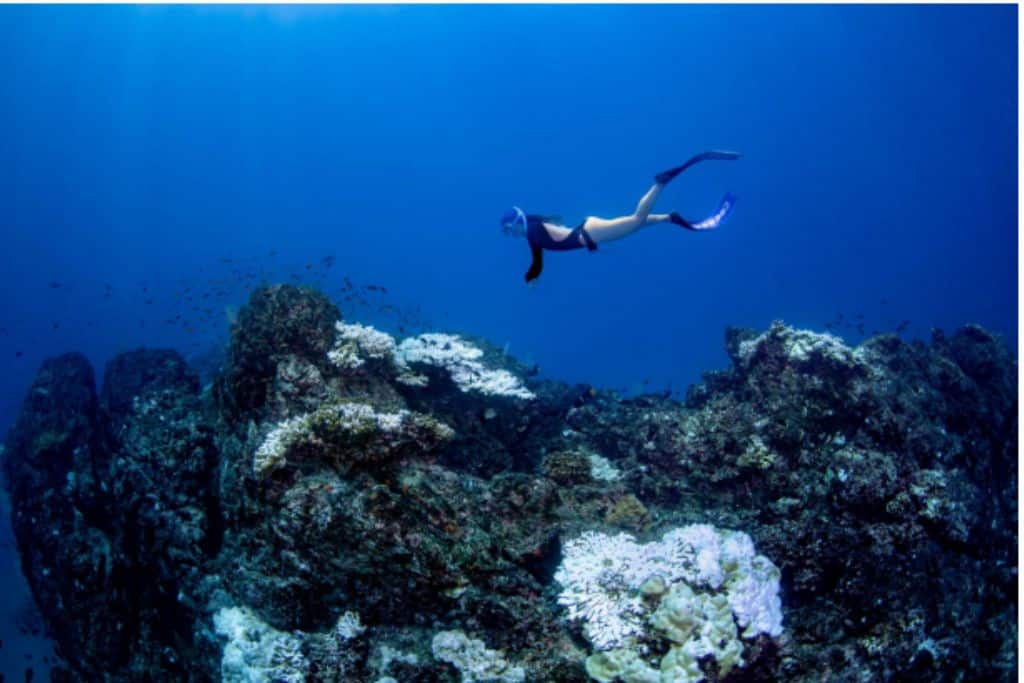Exploring the underwater realm near the Isla del Caño in Costa Rica unveils a captivating story of coral conservation efforts, where researchers employ advanced methods to understand and preserve these vital ecosystems amidst environmental challenges.
—
Despite the United Nations setting up 17 Sustainable Development Goals in 2015, and the 14th goal specifically focusing on “conserving and sustainably using the oceans, seas, and marine resources for sustainable development,” there remains a lack of comprehensive research on the protection and restoration of marine coastal ecosystems. With climate change wreaking havoc on our planet’s diverse ecosystems, the problem of coral bleaching continues to keep the spotlight on global environmental concerns.
Corals, being delicate creatures, thrive in environments with balanced temperatures. Because of their rich diversity and productivity, coral reefs offer a multitude of services to humans. Beyond being home to hundreds of animal and plant species, these underwater life repositories have key benefits for marine ecosystems and humans.
The alarmingly rapid increase in average ocean temperatures, a worrying trend over the past few decades, poses a serious threat to coral reefs worldwide, heightening worries about how we are going to preserve these underwater wonders.
More on the topic: Record Ocean Temperatures Push World Climate and Marine Life Into Risk Zone, EU-Backed Study Shows
Various regions with unique and vibrant reefs are stepping up with initiatives to find solutions. These efforts become even more crucial as we seek advanced ways to protect our coral friends. Yet, the sad truth is, unless humanity steps in and takes meaningful action, we could end up losing these precious natural gems.
Protecting Costa Rica’s Coral Reefs
One such story takes place in the specific geography of Corcovado Bay’s Caño Island (Spanish: Isla del Caño), located 20 kilometers off the South Pacific coast of Costa Rica.
The island hosts the highest diversity of corals in the South Pacific coast of Costa Rica, attracting numerous large mammals, sharks, and rays throughout the year. All these prompted Innoceana, a local marine conservation non-profit, to initiate marine conservation projects in the area. They persist in their ongoing efforts to understand, communicate, and protect this vibrant ecosystem.
Today, major environmental distress is unfolding in the azure waters surrounding the island. Innoceana is effortlessly working to raise awareness about the precarious condition of corals in the Isla del Caño Biological Reserve, after uncovering that an unprecedented episode of bleaching has led to the demise of a staggering 80% of the local corals.
Since June 2023, the Innoceana team has dedicated their efforts to the sea, striving to comprehend and counteract the effects of this environmental menace. One of their temperature monitoring devices meticulously documented ocean temperatures, revealing a scorching high of 31.6C.
Due to abnormally high temperatures, the delicate corals were forced to expel their symbiotic partners, the zooxanthellae algae (Symbiodinium), which reside in their gastrodermal cavity (tissue). This causes them to turn completely white, rendering them vulnerable. The process is known as coral bleaching. While not yet lifeless, bleached corals are more susceptible to diseases.
You might also like: What Is Coral Bleaching?

The culprit behind these record temperatures is a phenomenon known as El Niño-Southern Oscillation (ENSO), which refers to “a periodic fluctuation (i.e., every 2–7 years) in sea surface temperature (El Niño) and the air pressure of the overlying atmosphere (Southern Oscillation) across the equatorial Pacific Ocean.” El Niño is a natural phenomenon that occurs every two to seven years. Its comeback last year pushed global temperatures off the charts.
‘Super Corals‘
Since 2018, Innoceana has taken a unique approach to coral conservation, diverging from the typical focus on reef restoration.
“We have been studying the corals of Isla del Caño since 2018, creating 3D models and even giving them names; we never imagined that in 2023 they would all be white, it’s truly disheartening, but at the same time, this reinforces our mission,” said Carlos Mallo Molina, the visionary CEO and founder of Innoceana.
Moving beyond temperature assessments, the conservation team began measuring visibility, scrutinizing turbidity, and collecting water quality samples at precise georeferenced points. In 2020, Innoceana launched the ”The Crystal Floor” project, which sees the use of photogrammetry to create detailed 3D models of Costa Rica’s coral colonies, aiding in evaluating their health and identifying resilient super corals.
By collecting water quality data and compiling biodiversity information, they cover everything from substrate and invertebrates to fish in reef ecosystems. Importantly, all the gathered data is shared with the Costa Rican government and international institutions, contributing to global efforts in addressing the coral crisis and informing decision-making and policy adjustments.


Innoceana is focused on advancing coral immunology, specifically studying super corals, and recently set up a small laboratory in Costa Rica. Equipped with essential instruments, the lab is used to investigate coral immune responses, an initiative that will deepen our knowledge of super corals and aid in enhancing coral restoration efforts.
“The idea here is that coral restoration, in general, is very hard, and the mortality rate of transplanted corals is very high,” Laura Vanopdenbosch, Innoceana’s research director, told Earth.Org “Our proposal is that by understanding how the immune response of corals works and by creating a tool which allows NGOs around the world to identify those corals that have a strong immune system, we can then use those for restoration efforts in a more effective way: less mortality because corals would be a lot more resistant to different types of perturbations.”
Coral Rugosity
Coral reef biologists utilize the term “rugosity” to gauge the surface roughness of coral reefs. Researchers measure coral rugosity to understand biodiversity and reef disturbances and assess the coral substrate layer to determine stress levels and physical conditions. Scientific investigations indicate that reefs exhibiting elevated rugosity levels tend to boast greater abundance of marine life and species. Notably, regions characterized by high rugosity offer increased surface area for corals to adhere and flourish.
However, the traditional method of coral rugosity assessment, which is done using a steel chain, proved invasive and limited in scale. To solve the problem, Innoceana embraced the non-destructive Structure from Motion (SfM) method, creating 3D models for more accurate and comprehensive data. This approach, integrating with software like Agisoft Metashape and the Gwyddion Program, allows scientists to earn more detailed analyses and calculations of coral rugosity.

“This is just another part of the 3D modeling project and the data that we can get out of those 3D models. It’s non-invasive and innovative,” Vanopdenbosch told Earth.Org.
The significance of measuring rugosity lies in its correlation with marine life abundance. This ongoing research provides essential data for government policies and coral reef preservation, particularly in the face of climate change.
“Rugosity is especially used for understanding the complexity of a reef. The more complex it is, the better, as that means there is a lot of space for fish and invertebrates to live and reproduce,” Vanopdenbosch explained.
Additionally, Innoceana monitors the coral substrate layer, categorizing substrates to evaluate coral stress levels. Using BIIGLE software, they create seabed maps for long-term analysis. Both the coral rugosity and substrate layer studies demand ongoing investment and analysis, forming the foundation for effective and transparent coral restoration projects.
“Here, we calculate the substrate coverage, so we measure the percentage of coverage of diseased coral, healthy, bleached, algae coverage, sand, etcetera,” said Vanopdenbosch. “This is very valuable information because we can see the evolution through time, and it is a lot more detailed than classic monitoring methods.”
You might also like: 5 Coral Reefs That Are Currently Under Threat and Dying
Featured image: Sylvain Lambrechts


















